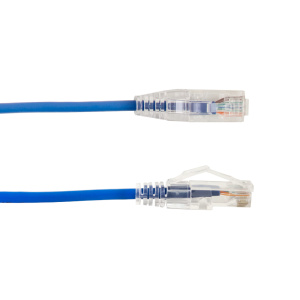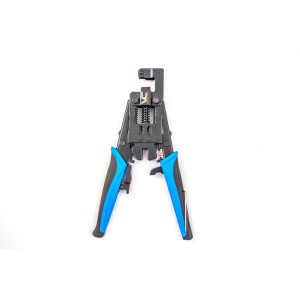As the world spins more into the digital age, connectivity remains crucial. Network cables, particularly Cat5e and Cat6, often pop up in discussions around this topic. But, what are the differences between Cat5e and Cat6 patch cables? Stick around to unveil this puzzle, as we journey through the realms of performance, specifications, cost, and more.
The Basics: What are Patch Cables?
Before jumping into the nitty-gritty differences, it’s crucial to understand what patch cables are. Patch cables, often referred to as patch cords, are used to connect different devices on a network. These include devices like routers, modems, switches, and servers. Let’s dive deeper and explore more about patch cables.
Sub-heading: The Role of Patch Cables
Patch cables essentially act as the veins of a network, transmitting data and information from one point to another. They facilitate communication between different devices, enabling seamless connectivity. Ever wondered how you can browse the web or send an email? Well, patch cables are working tirelessly behind the scenes.
Cable Categories: Introducing Cat5e and Cat6
Next on our voyage is understanding the categories of patch cables, specifically Cat5e and Cat6. These cables fall under Ethernet cables that are widely used for wired networks. But what sets them apart from each other?
Sub-heading: The Emergence of Cat5e
Cat5e, or Category 5 enhanced, is an improved version of the older Cat5 cables. The ‘e’ stands for ‘enhanced’, indicating its superior capabilities in reducing crosstalk – unwanted transfer of signals between communication channels. Herein lies its first difference from Cat6 cables, but there’s more to the story.
Sub-heading: The Advancements of Cat6
Cat6, or Category 6, was designed to surpass the performance of its predecessor, the Cat5e. It provides faster data transfer rates and higher bandwidth, making it suitable for demanding applications. Moreover, Cat6 cables have a tighter twist in the wires, which aids in reducing crosstalk even further.
What are the Differences Between Cat5e and Cat6 Patch Cables?
It’s time to dissect the meat of the matter. There are various differences between Cat5e and Cat6 patch cables, ranging from their structure to their performance, and even their cost. Let’s delve deeper into each aspect.
Sub-heading: Performance Comparison
One of the most significant differences between Cat5e and Cat6 cables lies in their performance. Cat6 cables offer superior performance, supporting higher data rates of up to 10 Gigabits per second (Gbps) at lengths up to 55 meters. On the other hand, Cat5e cables support data rates of up to 1 Gbps at lengths up to 100 meters.
Sub-heading: Crosstalk and Interference
As mentioned earlier, both Cat5e and Cat6 cables are designed to minimize crosstalk. However, Cat6 cables take this a step further with their tighter wire twists and improved insulation, significantly reducing crosstalk and interference.
Sub-heading: Cost Differences
It’s no surprise that with improved performance comes a higher price tag. Cat6 cables are generally more expensive than their Cat5e counterparts. However, for applications requiring high-speed data transfer and reduced interference, the cost increase can be justified.
Sub-heading: Use Case Scenarios
Depending on the intended use, one may opt for either Cat5e or Cat6 cables. For home networks and less demanding commercial applications, Cat5e cables are generally sufficient. However, for business networks where high data transfer speeds and minimal interference are critical, Cat6 cables are the preferred choice.
FAQs About Cat5e and Cat6 Patch Cables
- What are the differences between Cat5e and Cat6 patch cables? The key differences lie in performance, crosstalk minimization, and cost. Cat6 cables provide higher data rates, reduce crosstalk more effectively, and are generally more expensive than Cat5e cables.
- Are Cat6 cables worth the extra cost? This depends on the specific needs of your network. If high-speed data transfer and minimal interference are crucial, the additional cost of Cat6 cables could be justified.
- Can I use Cat5e and Cat6 cables together? Yes, you can. These cables are backward compatible. However, the network speed will be limited to the slowest category cable.
- Is Cat6 better than Cat5e for gaming? While Cat6 offers higher performance, most games do not require the high data transfer rates that Cat6 provides. Hence, Cat5e is typically sufficient for gaming.
- Do Cat5e and Cat6 cables look different? While they may look similar externally, internal structural differences, such as the tighter twist in Cat6 cables, distinguish them.
- How far can Cat5e and Cat6 cables run? Cat5e cables can support distances up to 100 meters, while Cat6 cables can support the same distance but with higher data rates. For data rates of 10 Gbps, Cat6 cables can support up to 55 meters.
Conclusion
The question, “What are the differences between Cat5e and Cat6 patch cables?” may seem daunting at first, but we hope our guide has shed light on this matter. By understanding these differences, you can make an informed choice that suits your connectivity needs.












